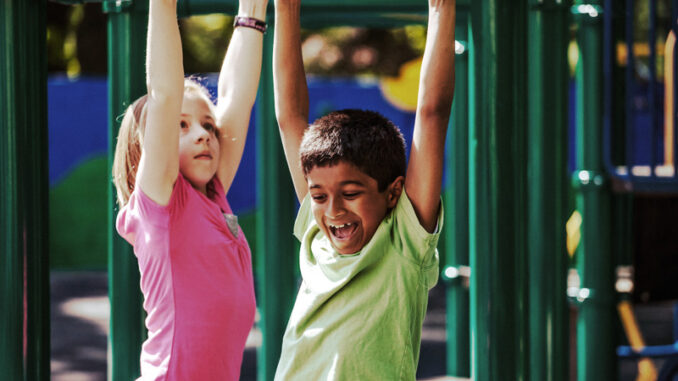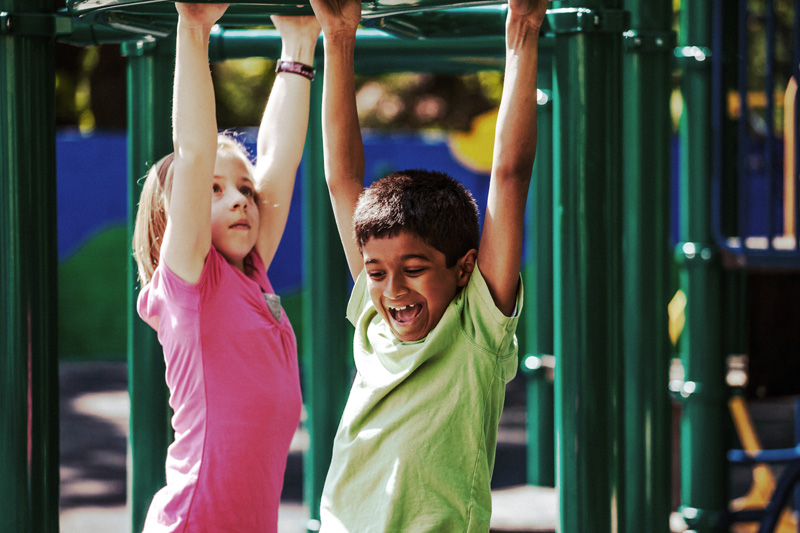

When your parents were growing up, it’s likely that when they went to the playground, they played on asphalt, jungle gyms, merry-go-rounds, high monkey bars, and tall metal slides. But the playgrounds of that generation look very different than the playgrounds of today. In the past 20 or 30 years, there has been a movement toward safety-first playgrounds. To make playgrounds safer, developers have introduced shorter equipment, walled sides on slides, and new safety surfaces. But is improving a playground’s safety always in the best interest of children in the long run?
Related Links: Click here if you want to see the details and specifications of how the government Consumer Product Safety Commission has developed playground safety guidelines. Learn more by visiting their current Web site here.
Based on what you’ve seen and read in the news, and on your own experiences, You Decide: Are safety-first playgrounds a good idea?
YES
- Improving the safety of playgrounds results in fewer serious physical injuries, such as broken bones and concussions.
- Making playgrounds safer means that even very young children can play on them.
- Safer, lower playgrounds are often more accessible for children with disabilities.
- Playgrounds don’t need to be high or dangerous to be fun; often, lower structures can encourage creativity and imaginative play.
NO
- Safety-first playgrounds can be boring and unchallenging for kids.
- Some experts say that children may be emotionally “stunted” from a lack of challenging physical experiences, leaving them with unnecessary fears and anxieties.
- Children need to conquer their fears and handle risks and to learn to push themselves.
- Playground falls rarely result in permanent physical injury, and studies show that children who are hurt in a fall are less likely to become afraid of heights later on in life.
- Safety-first playgrounds can actually lead to more falls, as children take more risks than they would ordinarily because they believe the playground to be safer than it really is.
